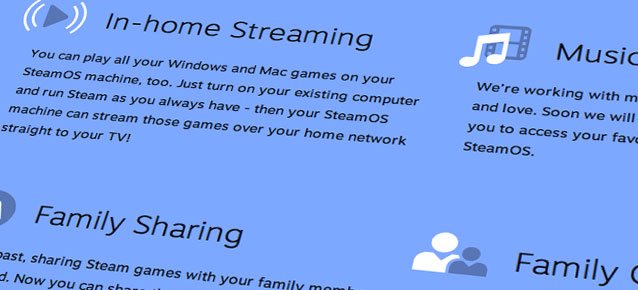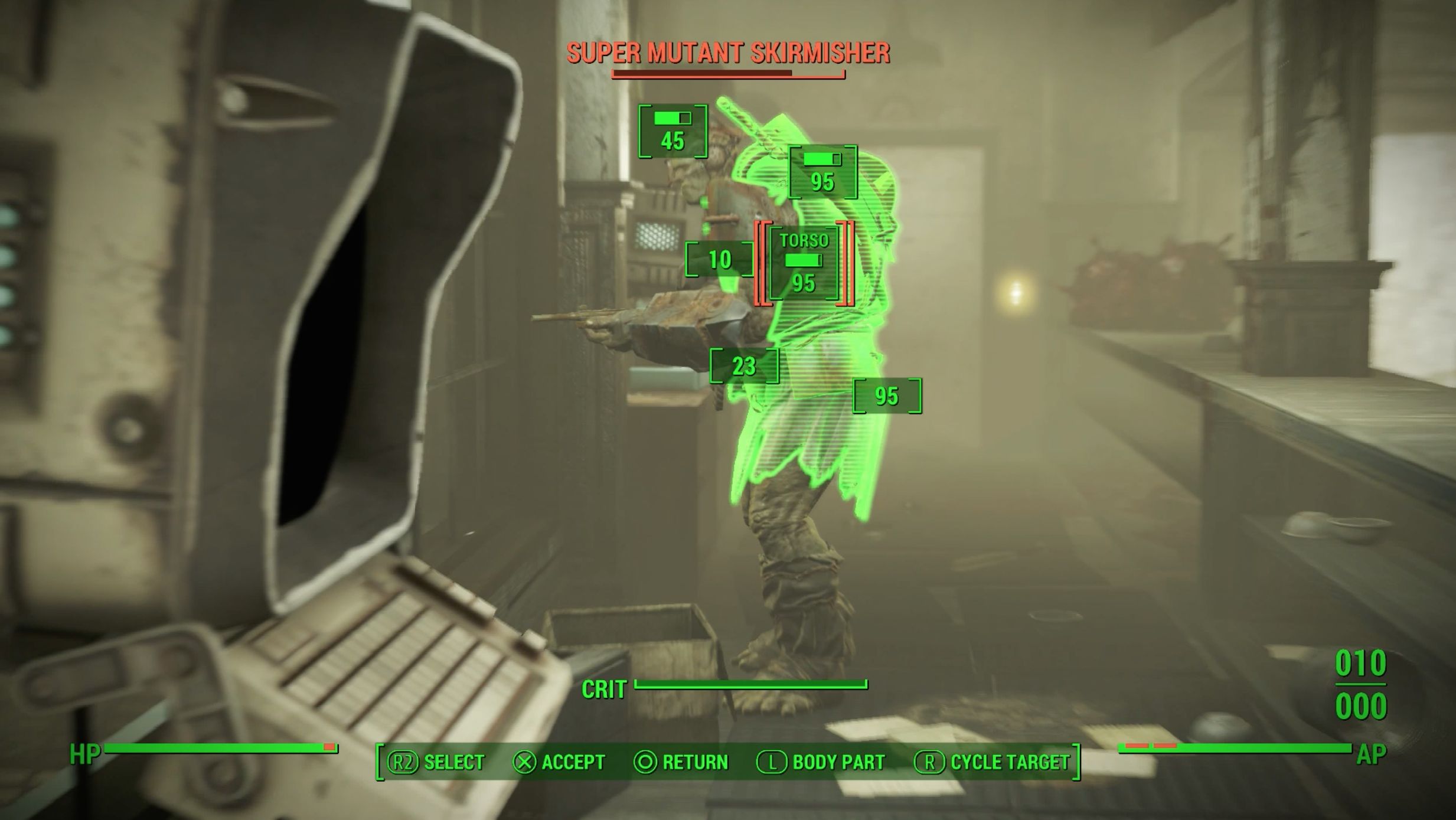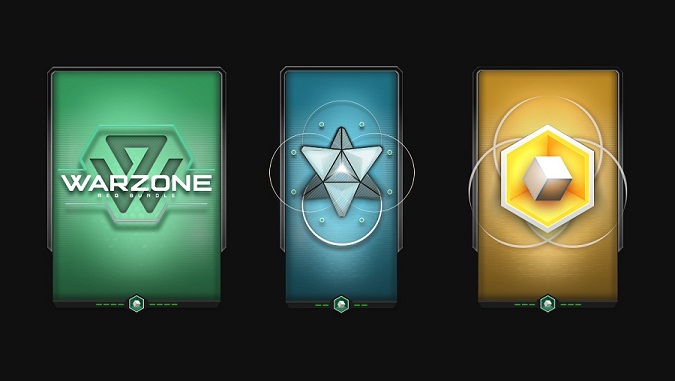


Last week, Valve made three major announcements that have the potential to dramatically reshape the PC gaming landscape. Taken together, these three announcements could position Steam, rather than simply the PC, as a new gaming platform. SteamOS covers platform software, Steam Machines covers platform hardware, and the Steam Controller covers the platform interface. The proposition of a new Steam platform to complement the PC, and compete with consoles, is a fascinating one, full of potential benefits for those who already play games on PCs, as well as those who don’t for whatever reason. But there are also many challenges that Valve will face if they want Steam to become a new gaming platform in and of itself.
Valve’s platform announcements have covered three components of this platform, and while what they’ve announced seems relatively modular, all three components will have to come together if Valve is to produce a viable Steam gaming platform.
Breaking PC gaming free of the Windows desktop monopoly would mean no longer being beholden to Microsoft’s timetable for updates, or their choices about where to take the OS.The first and most obvious challenge Valve faces in shaping Steam into a gaming platform is in the area of software, specifically the operating system. When we talk about the PC as a gaming platform, by and large we’re talking about Windows PCs. The PC gaming landscape has changed a lot of the last few years, with more and more games available on non-Windows platforms. Indeed, Valve have helped to drive that shift, by developing Mac and Linux versions of their own games, and supporting multi-OS gaming through things like Steam Play. But in the main, PC games are still generally Windows games.
SteamOS promises to allow Valve, developers and gamers to break free of Windows as the basis of the PC gaming platform, and create an OS that’s built for games above all else. Breaking PC gaming free of the Windows desktop monopoly would mean no longer being beholden to Microsoft’s timetable for updates, or their choices about where to take the OS. There's little in missteps like Windows Vista, or pushing desktop touchscreens in Windows 8, that helps the cause of PC gaming. Microsoft have never really made PC gaming a priority, beyond trying to coerce users into buying new versions of Windows, for example by making DirectX 10 exclusive to Windows Vista, and making the upcoming DirectX 11.2 exclusive to Windows 8.
SteamOS would also mean PC gaming would no longer be burdened by the hassle of dealing with Windows. And let’s face it, maintaining a Windows PC is often a hassle, requiring a good deal of expertise to deal with security issues, updates and so on. It might seem odd, then, to suggest that a Linux-based alternative will be less hassle. Valve have made it clear that SteamOS will be Linux-based, but Linux has historically demanded even more expertise and effort from users to get everything working and keep it that way. However, what Valve are promising with SteamOS is a software platform that’s built for PC gaming. Having a Linux-based architecture means SteamOS can draw on Linux’s well-established record for security and stability, and Valve can focus on streamlining the experience for users, drawing on their well-established record for streamlining the process of buying, downloading, patching and playing PC games. It’s worth remembering what it used to be like having to hunt down patches for PC games, and download them from third-party sites, before Steam came along and made all of that literally effortless. There’s no reason to think Valve won’t bring that same ethos to developing SteamOS.
There are many reasons Windows continues to dominate as a PC gaming OS, but the biggest is probably the Windows-exclusivity of the DirectX API. DirectX – specifically, the 3D graphics component, Direct3D - is the API that most PC games use to actually render and display 3D graphics, and Direct X has dominated PC gaming since the early-to-mid 00s. There are advantages and disadvantages to using DirectX, such as its use in the Xbox, Xbox 360 and upcoming Xbox One platforms, but the specific reasons for DirectX’s dominance aren’t really relevant. The point is that to play most PC games of the last ten years requires DirectX. And because the API is exclusive to Windows, this has generally meant any game developed using DirectX is also Windows-exclusive.
If Valve want people to be able to play most PC games on SteamOS rather than Windows, they need to get around the requirement for DirectX. There are several avenues for doing this that are already obvious from Valve’s current position: an alternative API, DirectX compatibility, and streaming.

The first avenue is building games using an alternative API such as OpenGL. This is the path Valve have taken with their own games, developing OpenGL versions of their Source engine and the games that use that engine such as Half-Life 2 and Team Fortress 2. Much as DirectX has the advantage of being used by the Xbox line of consoles as well as the PC, OpenGL is used on the Playstation 3 and 4, so many developers may already, or in the years to come, produce OpenGL versions of their games. However, since DirectX dominates the Windows-based PC gaming platform, most existing PC versions of games use DirectX, and rewriting them to use OpenGL or any alternative API probably isn’t practical in most cases. This is especially true with older games, where the developers may not even have access to the original source code, or where the developer may not even still exist. If SteamOS simply replaced the requirement for DirectX with a requirement for OpenGL, this would wipe out most of Steam’s extensive game library. The extensive back catalogue is one of the major features of the PC as a gaming platform, so this is obviously undesirable.
The second avenue is for the OS or other software to provide compatibility with DirectX. Essentially, the OS or other software pretends to be DirectX, and allows the game to call on it the same way it would call on DirectX in Windows. This is the path a number of major publishers, such as EA and Activision, have used to produce Mac versions of their games. If Valve wants people to be able to play games written for DirectX on SteamOS, this is probably how they’ll make that possible for most games. The only problem with this sort of compatibility approach is that it’s not perfect. Compatibility software has been getting better and better at replacing DirectX, but there are still problems, and to my knowledge there’s nothing out there that can perfectly substitute for DirectX. The existing solutions also require some messing around to make them work with existing games. So Valve will have to address these issues if they want to make SteamOS compatible with DirectX games.
The third way to get around Windows-exclusive games is probably the most interesting one, and that is to stream games to a PC running SteamOS. This would mean having a game running on another PC, a conventional Windows desktop gaming PC, and a PC running SteamOS would connect to that desktop gaming PC via a network, and then stream video and audio from it, and input commands to it. The desktop PC would run the game in much the same way as any desktop PC would, but instead of outputting video and audio to a monitor and speakers, it would output them to the network. And instead of receiving input from a keyboard and mouse, it would receive that input over the network. Likewise, the SteamOS PC would display video and output audio from the network, and pipe input back down the same network connection. The biggest problem with this approach is that it requires a second PC to run the game, one that runs Windows rather than SteamOS, and one that has all the usual Windows gaming PC hardware requirements. While companies like OnLive already offer streamed gaming over the Internet, Valve’s SteamOS announcement makes it clear that they intend to focus on streaming over a local network. This means users would have to use a desktop gaming PC they already own, or buy one. Streaming, therefore, would restrict SteamOS to complementing the existing Windows PC gaming platform, rather than replacing it.
This three-pronged approach should allow SteamOS to cover every base, and make Steam’s vast library of games accessible on a PC running SteamOS.It’s obvious from Valve’s announcements that they intend SteamOS to use a combination of all three approaches to getting around Windows-exclusivity. Their own games will run on OpenGL, as will many other games. Many more will run using compatibility software. And for games that can’t do either, users can fall back on streaming gameplay from a Windows gaming PC. This three-pronged approach should allow SteamOS to cover every base, and make Steam’s vast library of games accessible on a PC running SteamOS. But each approach has obstacles that will have to be overcome, and there are bound to be games that fall through the cracks. It remains to be seen how well Valve can overcome those obstacles, and catch the exceptions that SteamOS is bound to throw up.
After DirectX, the availability of drivers for video cards and other hardware on Linux is probably the significant challenges that SteamOS will face. While Linux has been catching up on driver availability in leaps and bounds over the last few years, there's still a lot of hardware that isn't covered by the drivers that are available. And even where drivers are available, they're often poorly-optimised in comparison to their Windows counterparts. Video card drivers have probably made the most progress, but my understanding is they're still not on par with Windows equivalents. And drivers for wireless hardware are a perennial stumbling block for Linux, something SteamOS will have to address if streaming games over a local network is going to be a primary feature. That said, at least where video card drivers are concerned, Valve has existing relationships with hardware manufacturers, and they should be able to work out a solution.
Finally there's still no indication of whether, or how, a PC running SteamOS will be able to run games that aren't on Steam. Other digital distribution services such as GOG.com, Desura and EA's Origin service have made significant headway as competitors with Steam. Furthermore, many of the most popular MMOs, such as World of Warcraft (still the juggernaut, despite declining subscribers) and Guild Wars, and other online games such as League of Legends an d World of Tanks, aren't available through Steam. Even those online games that are available through Steam have historically had problems running within Steam, causing players to prefer running them outside of Steam. Losing access to games from these other channels would be a bitter pill for SteamOS users to swallow. How SteamOS will handle games outside of Steam might be the biggest unanswered question of the whole Steam platform reveal.
Still, SteamOS has a huge amount of potential. And if it's successful, SteamOS could have an impact beyond the OS itself, pushing PC gaming beyond Windows in all sorts of ways. That can only be good for PC gaming as a whole.




 Pitty to voice Mortal Kombat X character Cassie Cage
Pitty to voice Mortal Kombat X character Cassie Cage Get Free REQ Packs in Halo 5 Guardians
Get Free REQ Packs in Halo 5 Guardians Diablo 3: Ultimate Evil Edition Player Mail and Nemesis Guide
Diablo 3: Ultimate Evil Edition Player Mail and Nemesis Guide Twisted Metal Walkthrough
Twisted Metal Walkthrough Heroes of the Storm: Kharazim, Leoric and the Butcher guide
Heroes of the Storm: Kharazim, Leoric and the Butcher guide